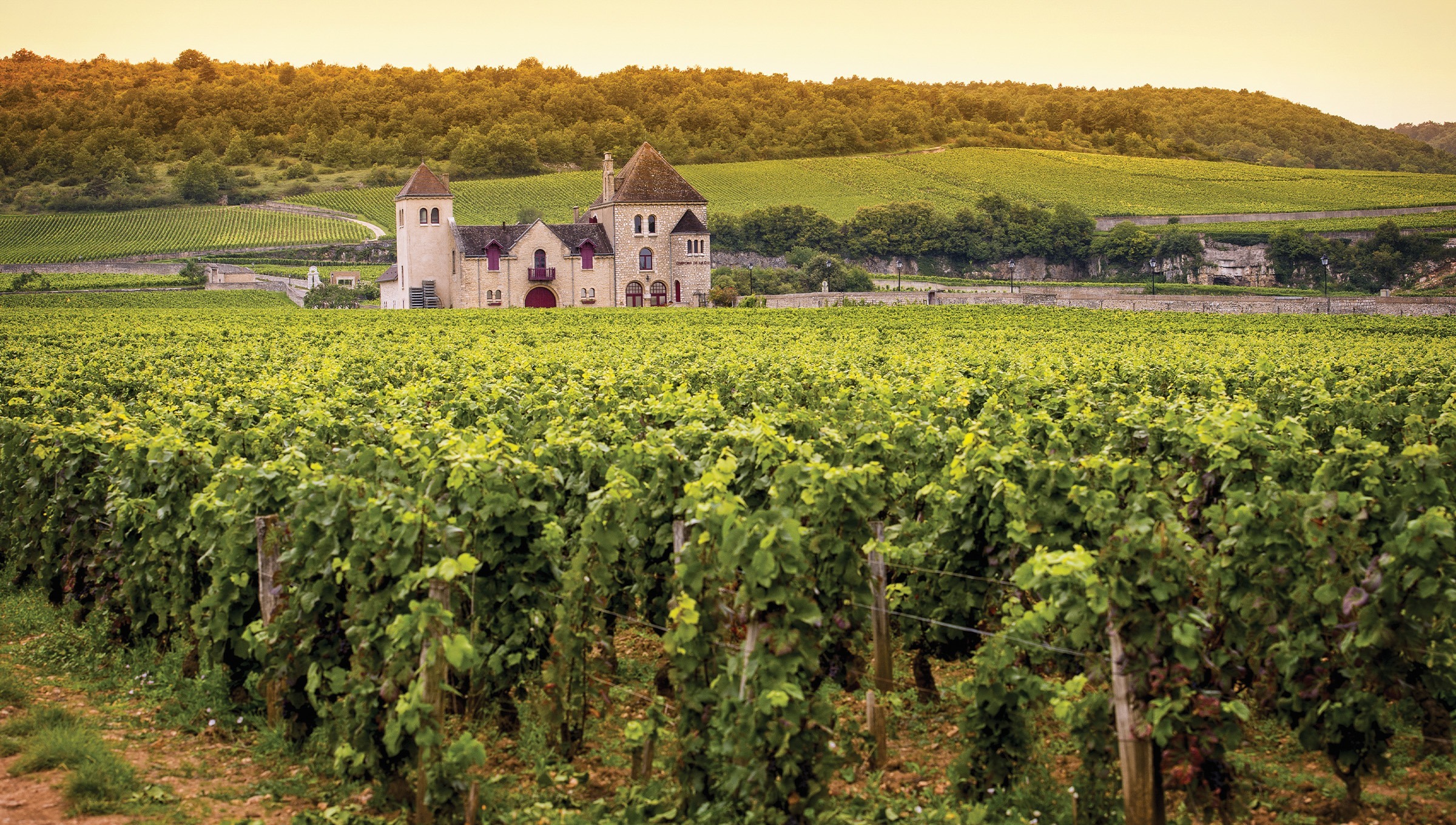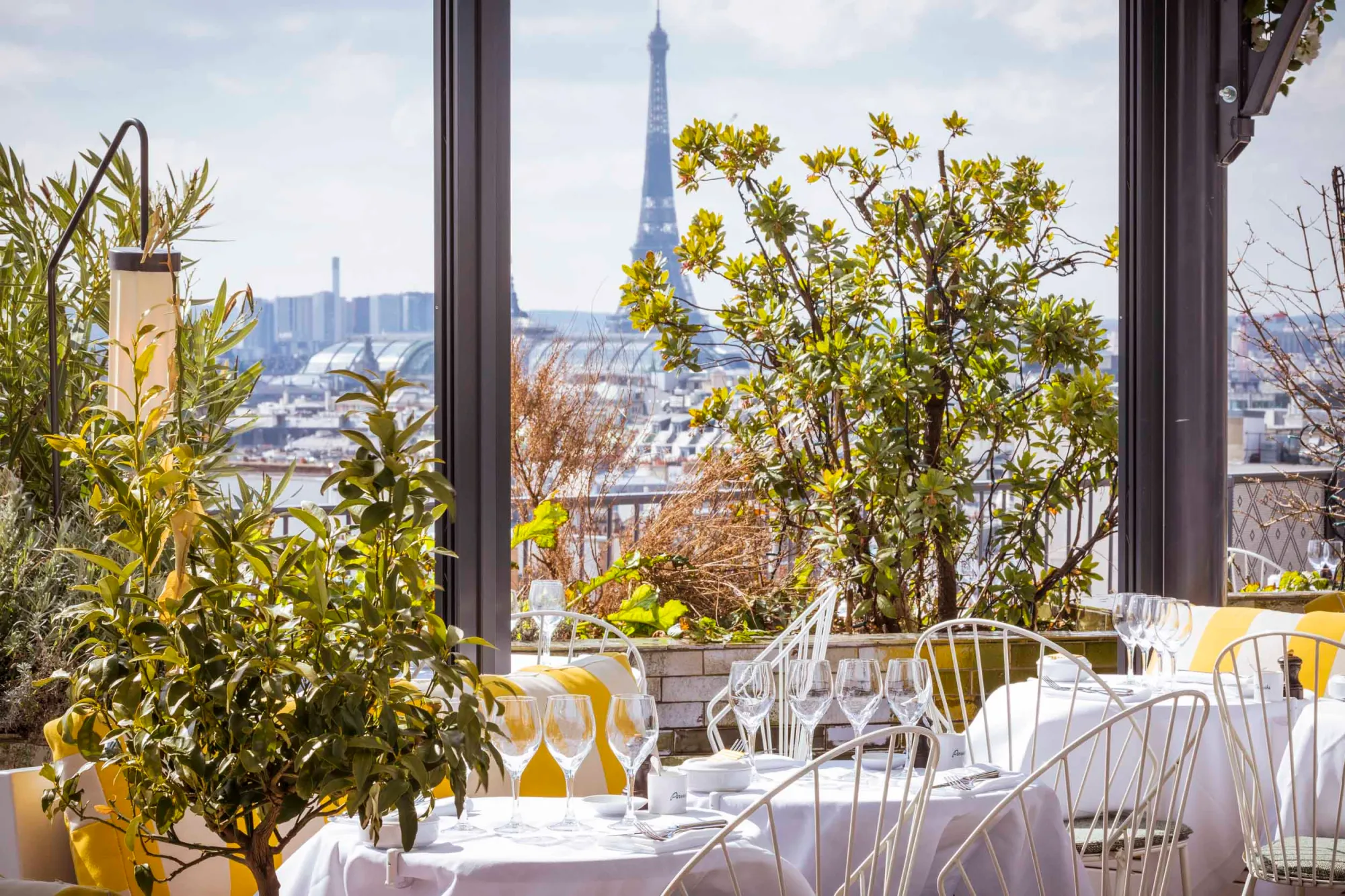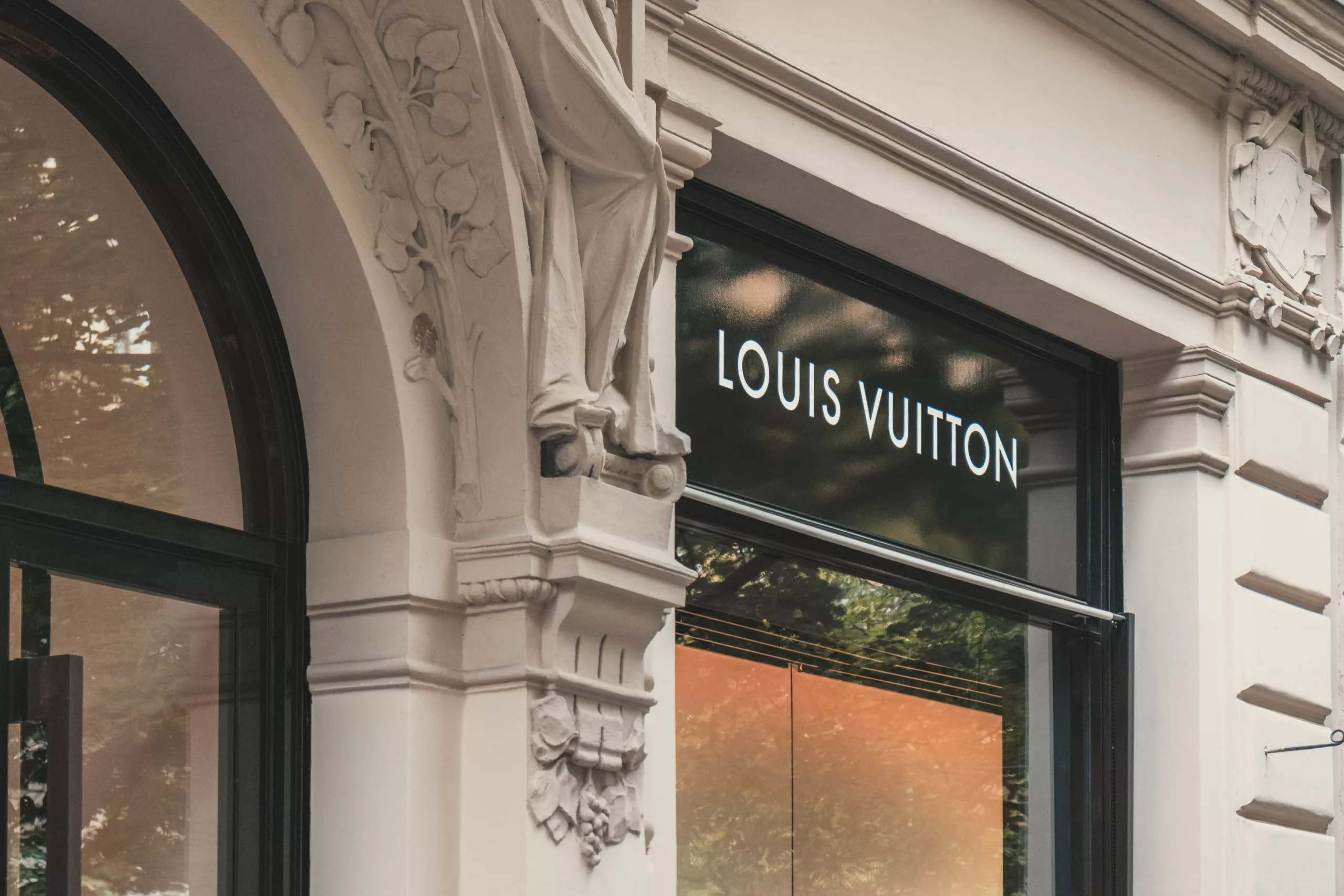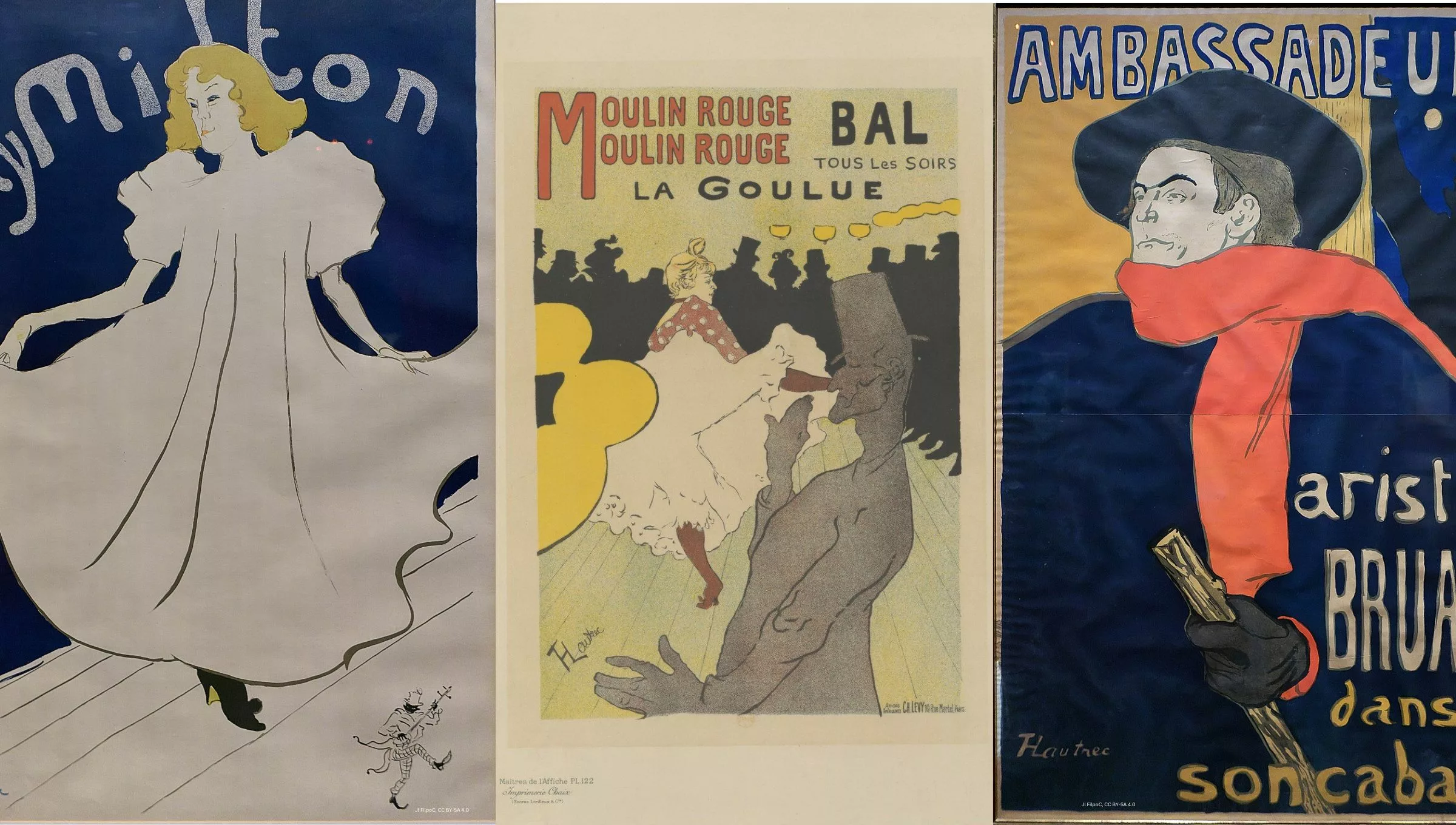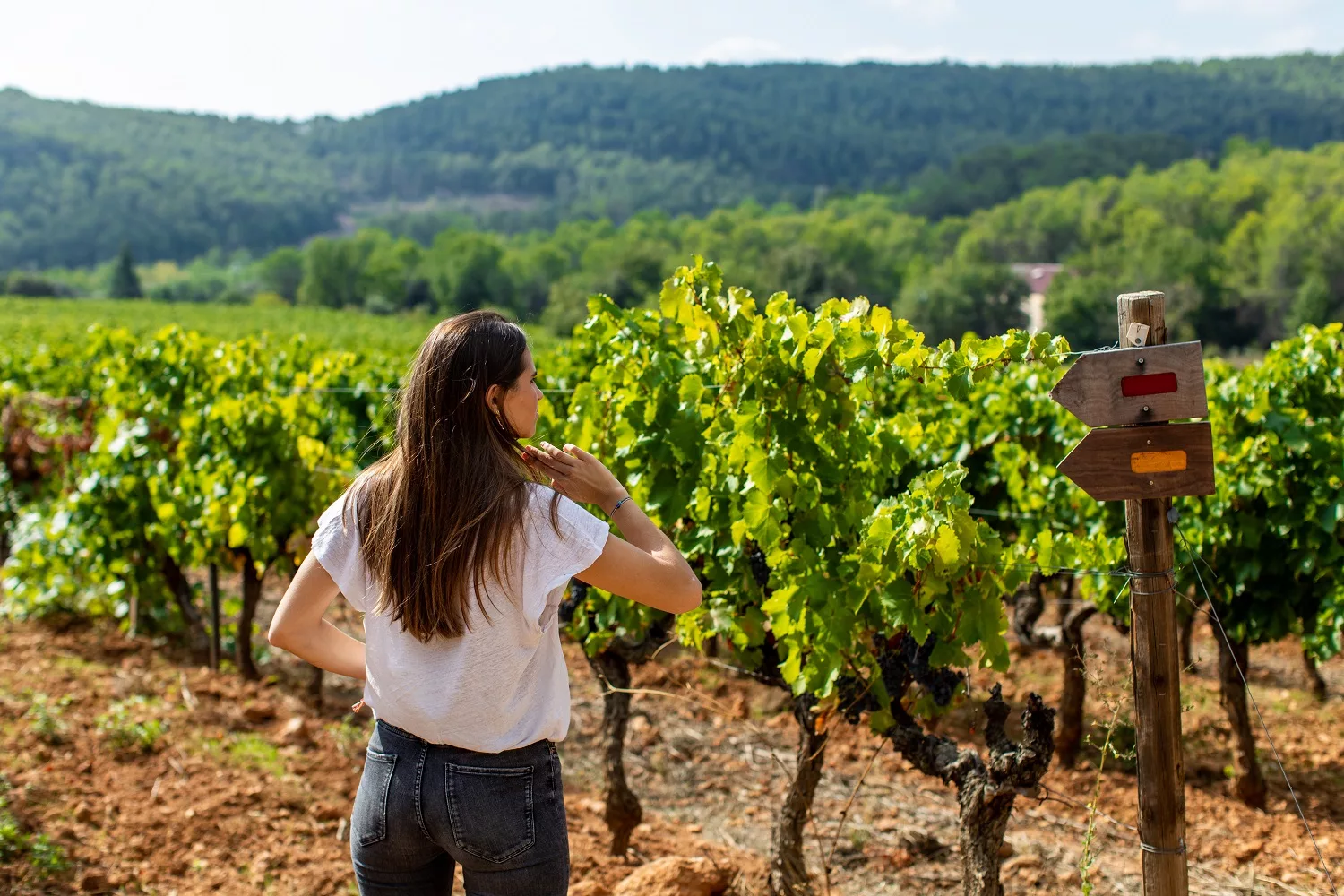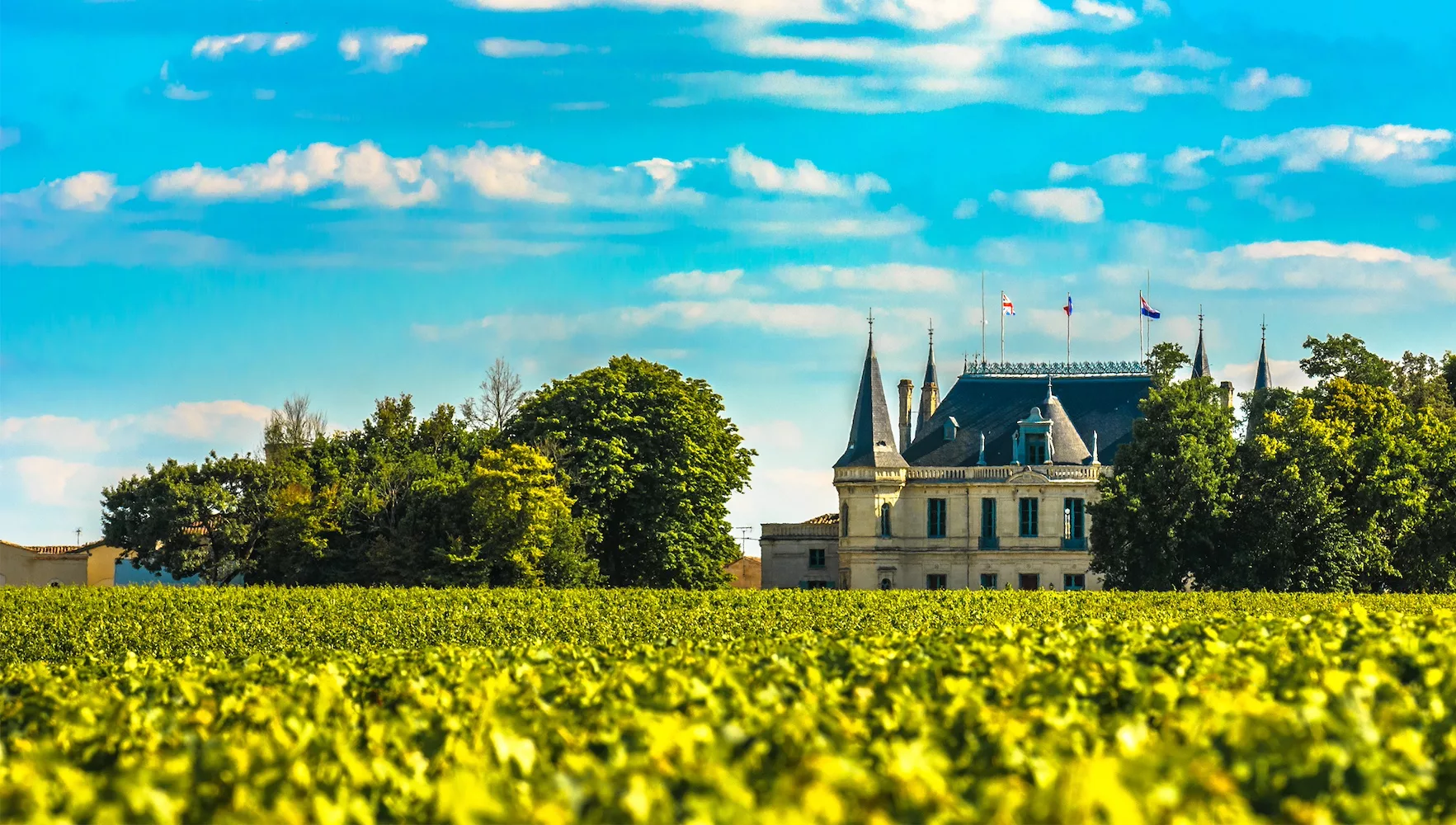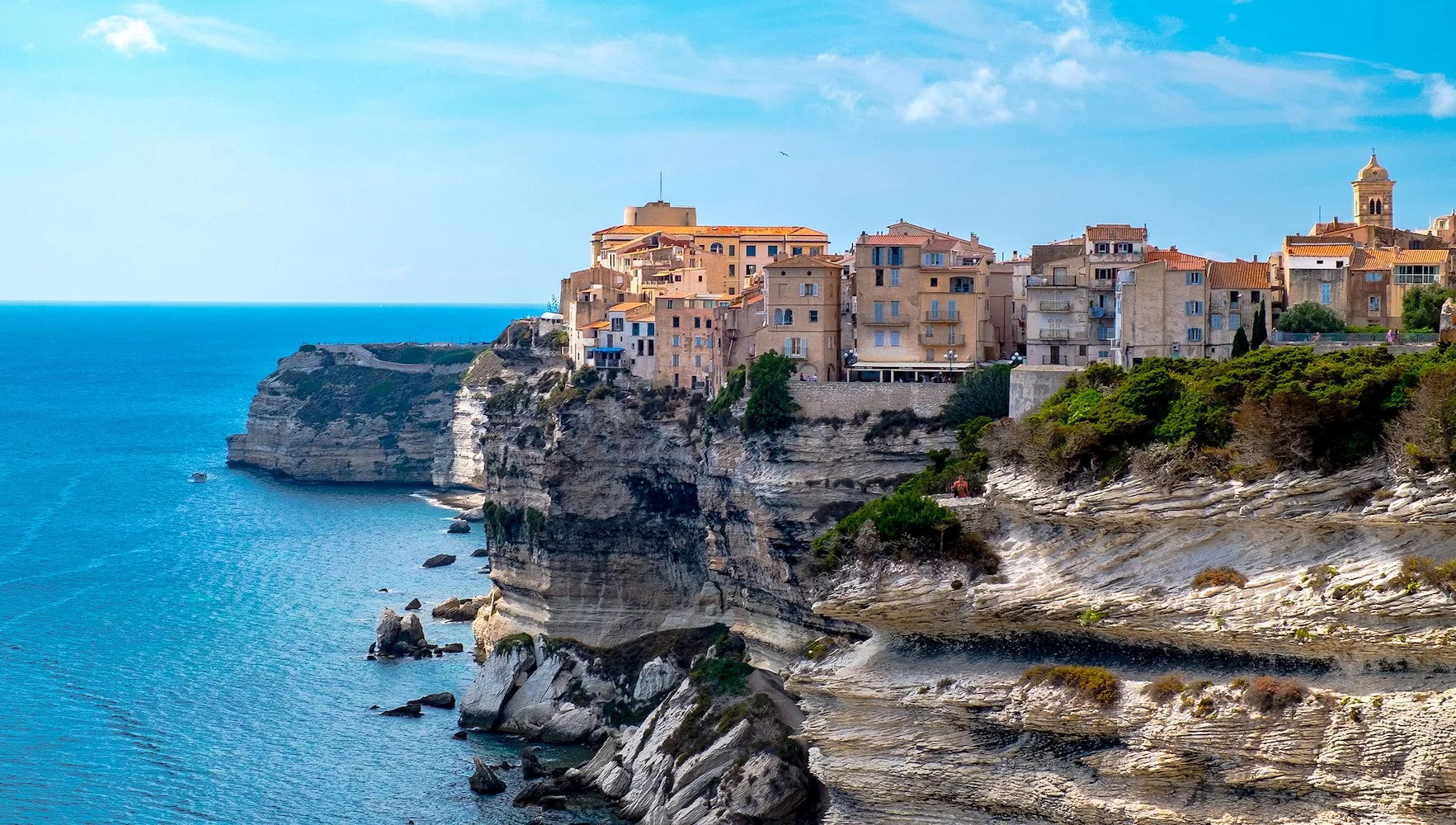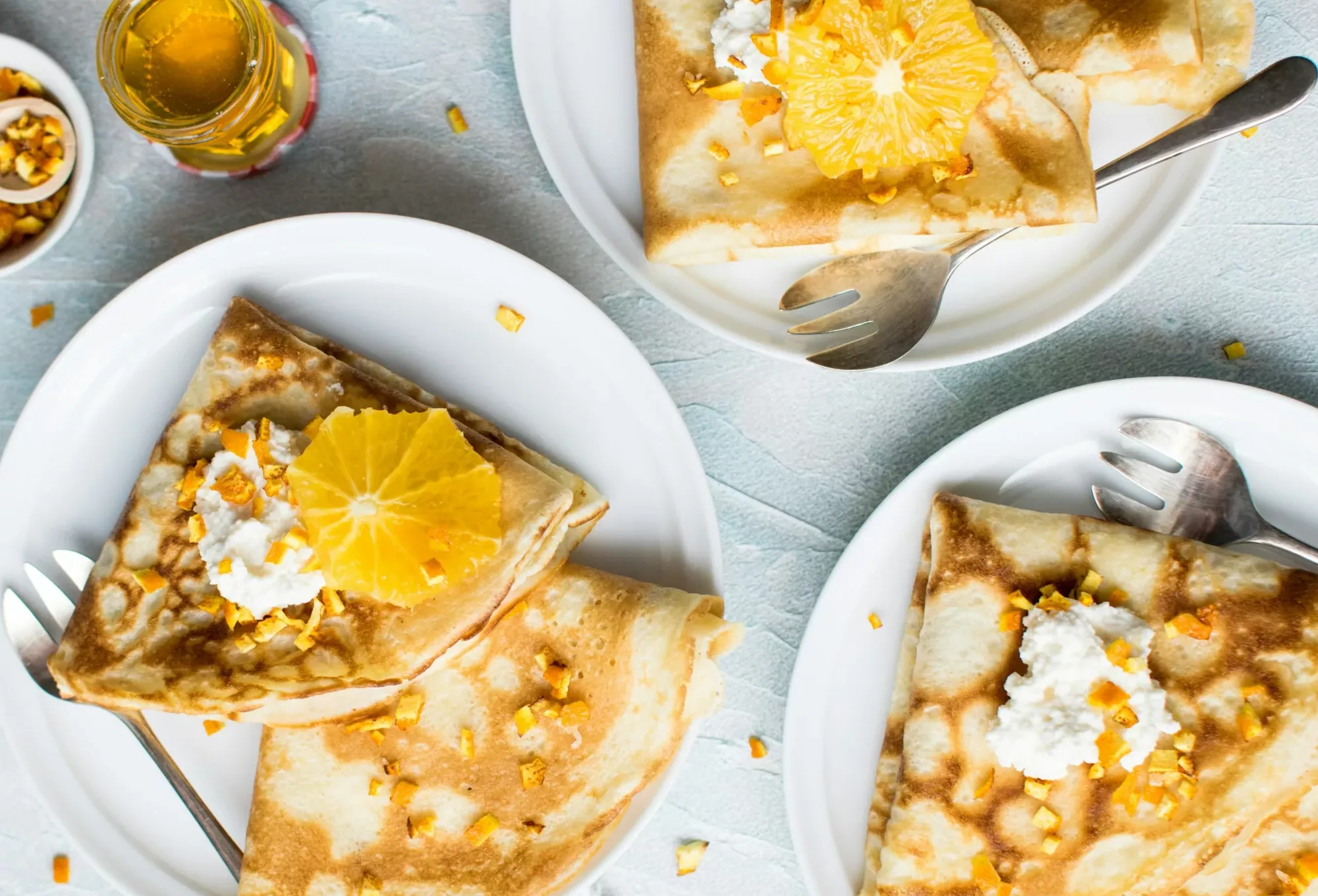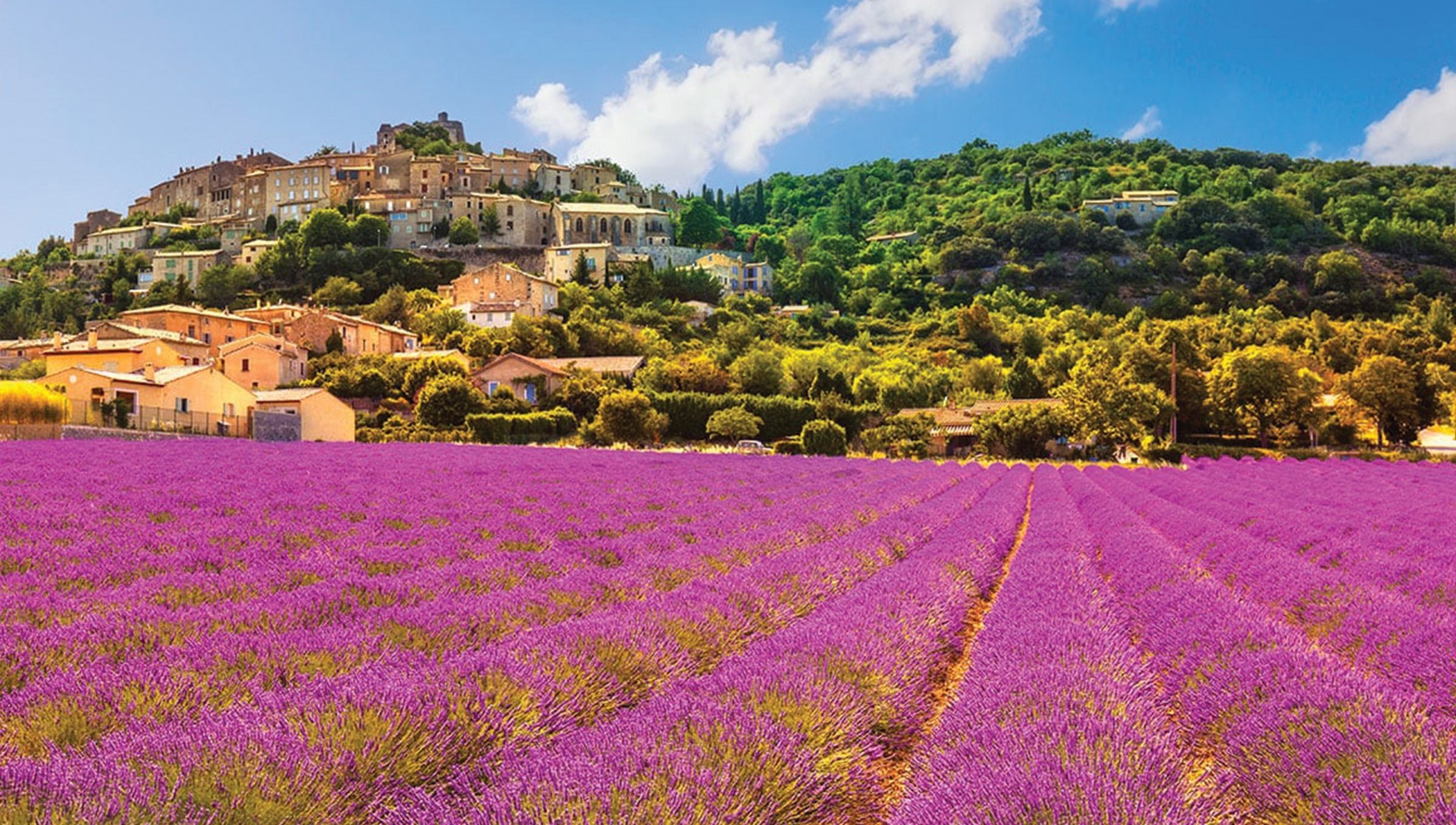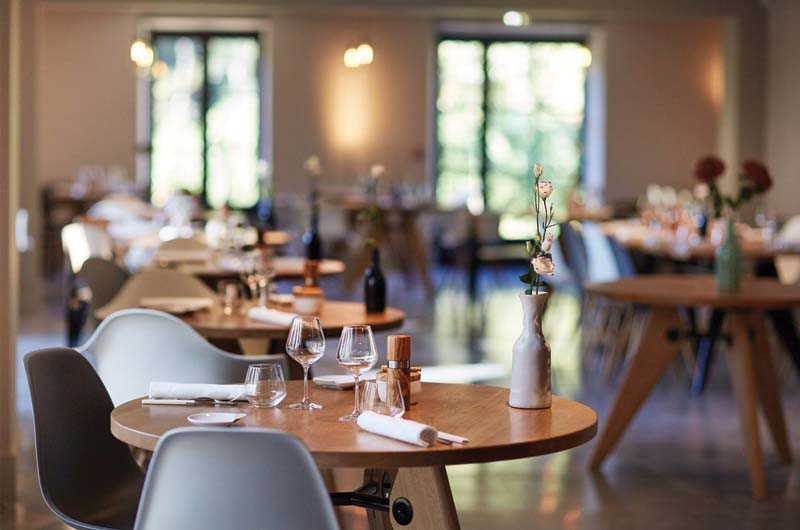It’s an exciting time of year for grape growers and wine lovers alike as the vendanges, the period of grape harvesting, has officially begun. Each year is slightly different depending on the region, mother nature, and the grapes themselves. Typically the vendanges begin in late August and can last through October. Read on to learn more about the process, how to take part, and how to celebrate the 2025 grape harvest in France.
Category : Wine & Food
Best Rooftop Bars in Paris by Arrondissement
Paris, the City of Lights, shimmers with romance, history, and undeniable elegance. But beyond the cobblestone streets and iconic landmarks lies another captivating perspective: the Parisian skyline. Imagine sipping a perfectly crafted cocktail as the sun dips below the horizon, or taking in the breathtaking panorama of the Eiffel Tower from a perch above the bustling Champs-Élysées.
Louis Vuitton and His Rise to LVMH Luxury
LV: Two small letters pack a lot of weight. It was nearly two centuries ago that Louis Vuitton launched his luggage brand. Since then, the Louis Vuitton name has only grown in prestige and has also acquired a swath of other brands along the way. Today this luxury goods conglomerate has become one of the leaders in its industry. We’re tracing the path of Louis Vuitton, the brand’s evolution over the centuries and best Louis Vuitton-themed activities in France.
From Albi to Paris: Henri de Toulouse-Lautrec
From Claude Monet’s water lilies to the grandeur of Versailles, France is an icon in the world of art. This country has produced or heavily influenced some of the world’s biggest names: Edgar Degas, Paul Cézanne, Henri Matisse, Van Gogh and beyond. Even more, it’s home to the largest art museum in the world, the Louvre. Although lesser known, Henri de Toulouse-Lautrec played an important role in French art history, namely the Art Nouveau and Post-Impressionist movements. From Albi to Paris, we’re exploring Henri de Toulouse-Lautrec’s roots and legacy, plus best activities inspired by this artist.
Your Guide to the Provence Wine Region
Bright blue waves and year-round sunshine draw many to Provence. But there’s much more to be explored and enjoyed in this region in southern France. This sun-drenched region is also well-known for its breathtaking vineyards and wine selections. With nearly 90% of its wine production being rosé, Provence is rather pink. We’ve curated a guide […]
Your Guide to the Loire Valley Wine Region
Somewhere in between bustling Paris and sun-drenched southern France lies the Loire Valley. This region of France is particularly known for its hundreds of castles. But its Renaissance architecture isn’t all this French region boasts. The Loire Valley is sprinkled with vineyards, which spread across 220 square miles, per Vins du Val de Loire. From Sauvignon Blanc to Muscadet, from Cabernet Franc to Vouvray, we’re exploring the best of the Loire Valley wine region.
Your Guide to the Bordeaux Wine Region
The city of Bordeaux is known for its cannelé pastries and its regal Haussmanian-style architecture. But above all, Bordeaux is synonymous with wine. Named the wine capital of the world, this town is especially known for its red wines and boasts 53 appellations per Wine Folly. Bordeaux has long been tied to the wine industry. And we’re breaking down the Bordeaux wine region with its history and terroir, plus the best wine activities in Bordeaux.
The Beginner’s Guide to French Wine
Rouge, rosé ou blanc — if only it were that simple! With more than 3,000 wines crafted in France, it can be overwhelming to know where to begin. From sunlight to temperature, barrel storage to grape variety, there’s so much that goes into the creation of what goes into a wine glass. And within a country as diverse as France, each of its dozen or so wine regions offers a unique taste and perspective on this timeless beverage. We’re going back to the basics of winemaking with our beginner’s guide to French wine and our favorite wine activities.
Epic France Bucket List: By Air, Land and Sea
From strolling the historic halls of the Louvre to marveling at its Renaissance castles, France offers endless dreamy experiences. But perhaps you’re craving even more adventure for your trip to France than the typical tourist experiences. If you’re pining for the most luxurious activities for your trip to France, look no further. From hot air balloon to helicopter rides, we’re sharing our epic France bucket list – by air, land and sea.
The Beginner’s Guide to French Crêpes
Do French people really do that? Whether it’s wearing berets or eating escargots, French stereotypes abound. Some of these assumptions have more merit than others. One classic “Frenchism” is their love for crêpes. And truth be told, crêpes are widely eaten in France. Nearly four out of every five French people enjoy sweet crêpes, per Statista. We’re sharing all about French crêpes: the different types; their history; and la Chandeleur, a holiday known for its crêpe consumption.
4 Local Specialities from Provence
Whether it’s strolling down the Cours Mirabeau in Aix-en-Provence or hiking through Marseille’s calanques, southern France offers much to do. The region of Provence is a treasure chest for stunning hikes, village strolls and important monuments. But much of Provence’s charm stems from enjoying its local specialities. From its fragrant lavender fields to tranquil olive groves, the region of Provence offers delights for all five senses. From lavender to wine, we’re rounding up several of the best local specialities from Provence and how you can make sure they’re authentic.
From Tire to Table: How the Michelin Star was Born
The name Michelin often evokes swanky restaurants, excellent cuisine and star counts. But the history of the Michelin stars goes back more than a century to a pair of brothers who sold tires. So how does a tire company go on to create one of the most prestigious restaurant rating systems? From the tire to the table, we’re explaining the history of Michelin stars as well as our favorite Michelin experiences in France.

